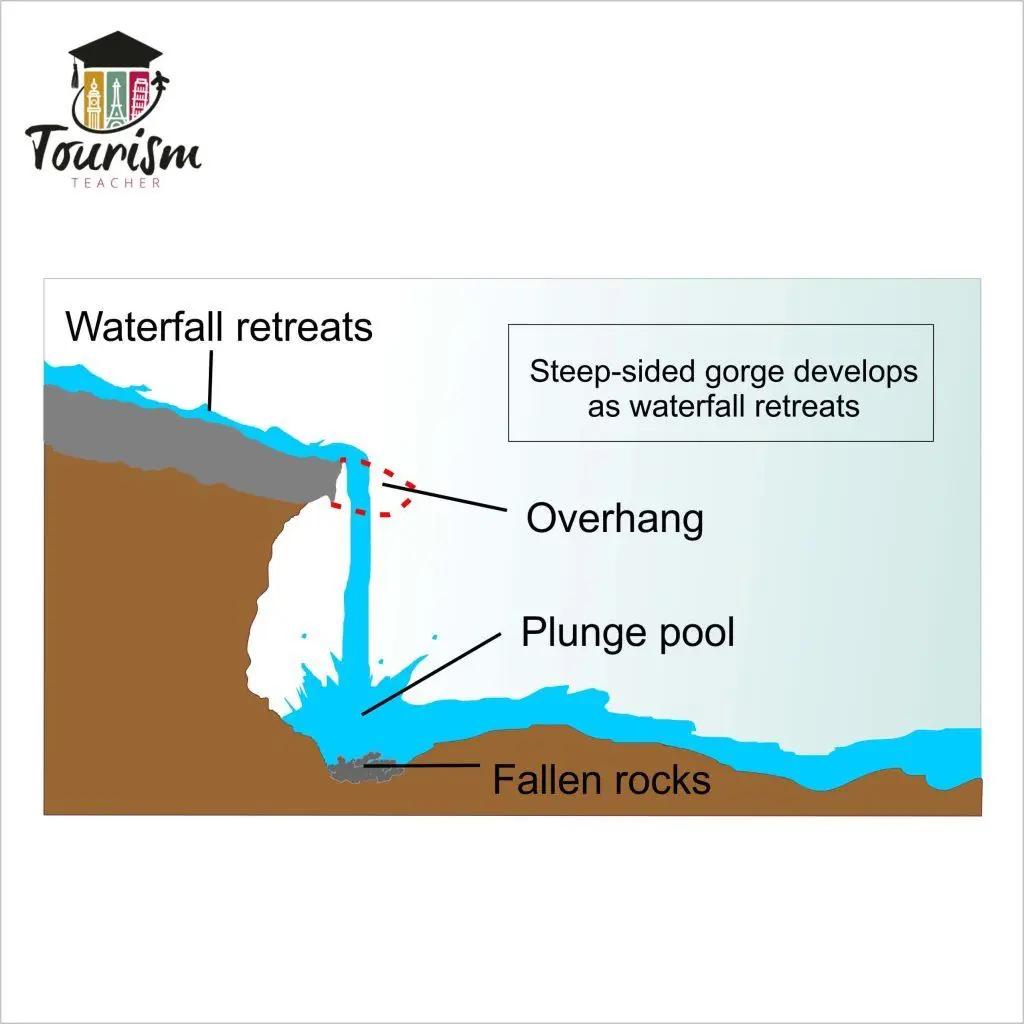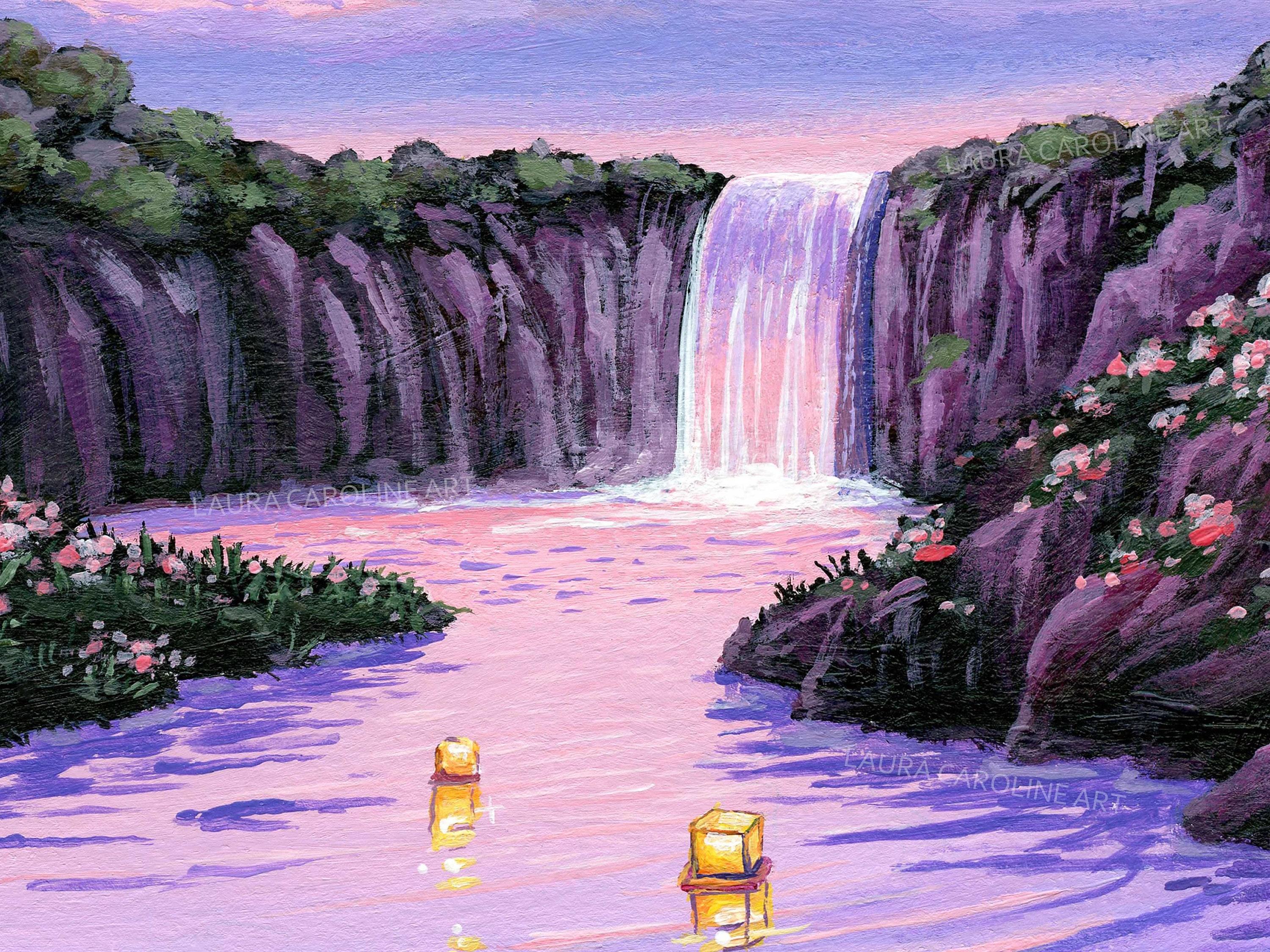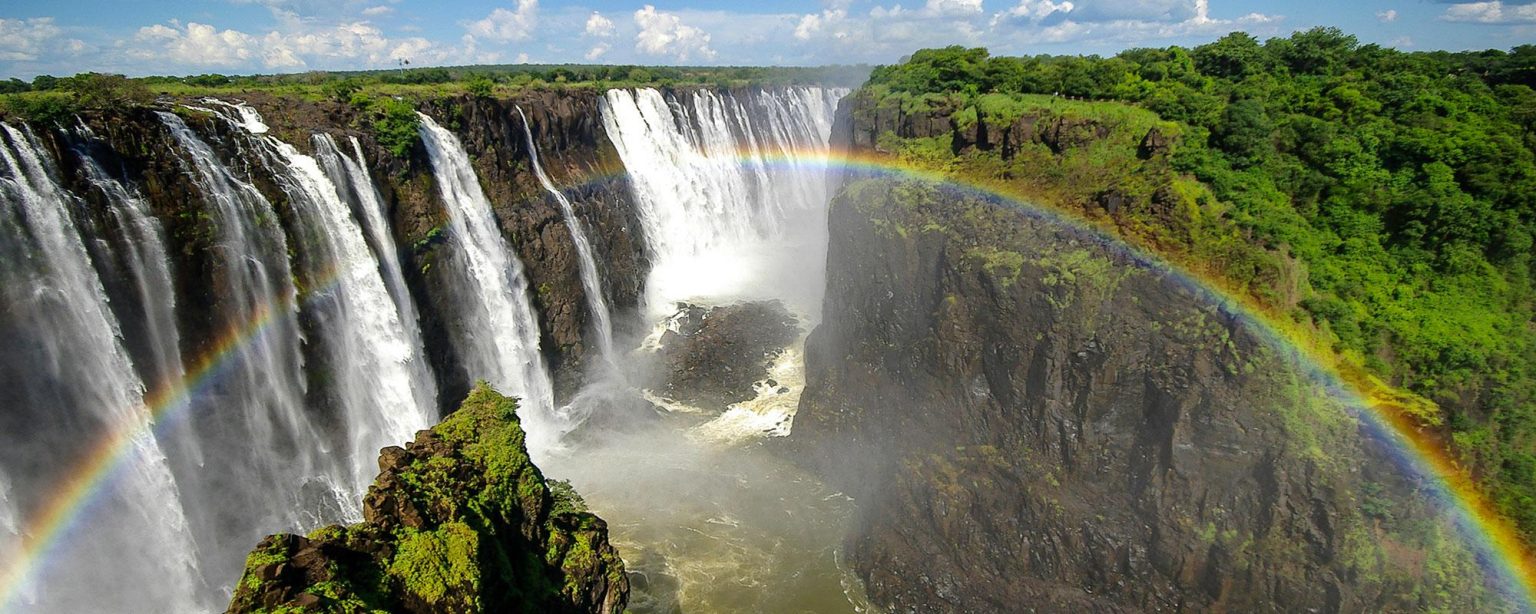Waterfalls have captivated the human imagination since time immemorial, their cascading waters serving as powerful symbols of nature’s artistry and relentless force. Each waterfall is a unique masterpiece, shaped by the intricate interplay of geological processes, climate, and the relentless march of time. From the thunderous plummet of Victoria Falls to the delicate veil of Bridalveil Fall, these natural wonders offer not only breathtaking beauty but also a fascinating glimpse into the Earth’s dynamic systems. In this article, we embark on a journey to explore the science behind the formation of these stunning cascades, unveiling the secrets that transform ordinary landscapes into extraordinary displays of nature’s ingenuity.
Table of Contents
- Exploring the Geological Processes Behind Waterfall Formation
- The Impact of Climate and Environment on Waterfall Aesthetics
- Top Destinations to Experience Natures Waterfall Wonders
- Conservation Efforts: Preserving Waterfalls for Future Generations
- Closing Remarks
Exploring the Geological Processes Behind Waterfall Formation

Waterfalls, often envisioned as serene escapes in nature, are remarkable products of the planet’s geological history. Their formation is a complex interplay of various geological processes, primarily shaped by erosion, sedimentation, and tectonic activity. Over time, flowing water carves its path through different layers of rock, with harder rock types typically resisting erosion more effectively than softer materials. This differential erosion leads to the characteristic steep drop-offs that define waterfalls. As the water cascades over the edge, it continues to erode the base of the cliff, gradually deepening and widening the plunge pool below.
Another crucial aspect of waterfall formation is the role of tectonic uplift. As tectonic plates shift, they can elevate landmasses, creating potential for rivers to fall further and develop stunning cascades. The interplay between water flow dynamics and geological uplift can result in spectacular formations. Consider these noteworthy processes that contribute to the beauty of waterfalls:
- Headward Erosion: The upstream extension of a waterfall as the water erodes its bedrock.
- Channel Narrowing: The effect of geological patterns that can lead to increased waterfall intensity.
- Debris Flow: Occasional landslides can redirect water flow, creating new waterfalls.
The Impact of Climate and Environment on Waterfall Aesthetics

The aesthetic charm of waterfalls is profoundly influenced by the surrounding climate and environment. Various factors such as seasonal changes, geological features, and vegetation all play a significant role in sculpting the visual allure of these natural wonders. For instance, during the spring thaw, an increase in water flow can dramatically enhance the power and volume of waterfalls, contrasting beautifully with the vibrant greens of rebirthed flora. Conversely, autumn brings with it a warm palette of reds and golds, creating a picturesque backdrop that complements the crystal-clear cascades, making it a photographer’s paradise.
Moreover, environmental conditions like weather patterns and sustainable practices directly influence not just the appearance, but also the long-term health of waterfall ecosystems. Maintaining a balance in the surrounding habitats ensures that waterfalls remain pristine and captivating. Below is a visual representation highlighting some environmental impacts on waterfall aesthetics:
| Environmental Factor | Impact on Waterfall Aesthetics |
|---|---|
| Seasonality | Varies water flow and surrounding colors |
| Vegetation | Frames and enhances natural visuals |
| Climate Change | Affects water availability and ecosystem balance |
Top Destinations to Experience Natures Waterfall Wonders
For nature lovers and adventure seekers alike, few experiences can rival the beauty and serenity offered by majestic waterfalls. These natural wonders are scattered around the globe, each presenting a unique spectacle shaped by geology and climate. Here are some of the top destinations that await you:
- Niagara Falls, USA/Canada: A world-famous destination, known for its immense power and breathtaking views.
- Angel Falls, Venezuela: The highest uninterrupted waterfall in the world, plunging from the top of Auyán-tepui.
- Victoria Falls, Zambia/Zimbabwe: Known locally as “Mosi-oa-Tunya” or “The Smoke That Thunders,” this waterfall is a UNESCO World Heritage Site.
- Iguazu Falls, Argentina/Brazil: A system of hundreds of waterfalls, surrounded by lush rainforest, providing a stunning backdrop for exploration.
- Plitvice Lakes, Croatia: Renowned for its cascading lakes and waterfalls, this national park is a natural wonderland.
To truly appreciate the grandeur of these waterfalls, consider exploring them through different perspectives—whether from tranquil riverbanks, adventurous hikes, or breathtaking aerial views. The environmental conditions of these locations contribute not only to their beauty but also to unique ecosystems. Below is a table highlighting some notable features of these magnificent waterfalls:
| Waterfall | Height (meters) | Country | Unique Feature |
|---|---|---|---|
| Niagara Falls | 51 | USA/Canada | Iconic Horseshoe shape |
| Angel Falls | 979 | Venezuela | Highest in the world |
| Victoria Falls | 108 | Zambia/Zimbabwe | Longest uninterrupted fall |
| Iguazu Falls | 82 | Argentina/Brazil | System of 275 falls |
| Plitvice Lakes | 78 | Croatia | Stunning lake system |
Conservation Efforts: Preserving Waterfalls for Future Generations
The beauty of waterfalls, while awe-inspiring, is also a reminder of the delicate ecosystems they inhabit. Conservation efforts are essential to ensure these natural wonders endure amidst growing environmental pressures. Organizations are partnering with local communities to promote sustainable tourism practices that respect both the natural habitat and the cultural significance of waterfalls. Prioritizing environmental education helps visitors understand the importance of protecting these landscapes, fostering a sense of stewardship that will echo through generations. Through initiatives like clean-up drives and habitat restoration projects, individuals can actively participate in efforts to mitigate the impact of human activity on these stunning natural formations.
Furthermore, several key strategies are being implemented worldwide, emphasizing a holistic approach to waterfall conservation:
- Monitoring Water Quality: Regular assessments help safeguard aquatic life and maintain the ecological balance.
- Habitat Preservation: Protecting surrounding forests and wildlife corridors ensures that the ecosystems remain vibrant.
- Community Involvement: Encouraging local populations to engage in conservation efforts fosters a shared responsibility.
| Conservation Strategy | Impact |
|---|---|
| Regular Clean-Up Events | Reduces litter and pollution |
| Educational Programs | Increases awareness and engagement |
| Policy Advocacy | Protects waterfall environments legally |
Closing Remarks
As we draw the curtain on our exploration of Nature’s Masterpieces, the breathtaking formations of stunning waterfalls, we are reminded of the intricate interplay between water, rock, and time. Each waterfall is a testament to the Earth’s artistry, a dynamic creation continually shaped by natural forces, echoing stories of endurance and transformation. These cascading wonders not only captivate our senses but also serve as vital ecosystems supporting an array of life.
Whether you’re standing at the base of a roaring cascade or gazing from a serene vantage point, the allure of waterfalls invites us to pause, reflect, and appreciate the beauty that surrounds us. They remind us that in the ever-evolving tapestry of nature, every droplet contributes to a larger narrative—a narrative that encourages respect, conservation, and a deeper connection to the world we inhabit. So, as you venture into your next natural escapade, let the echoes of waterfalls inspire you to seek out the hidden gems and masterful creations waiting to be discovered in our magnificent, watery world.



